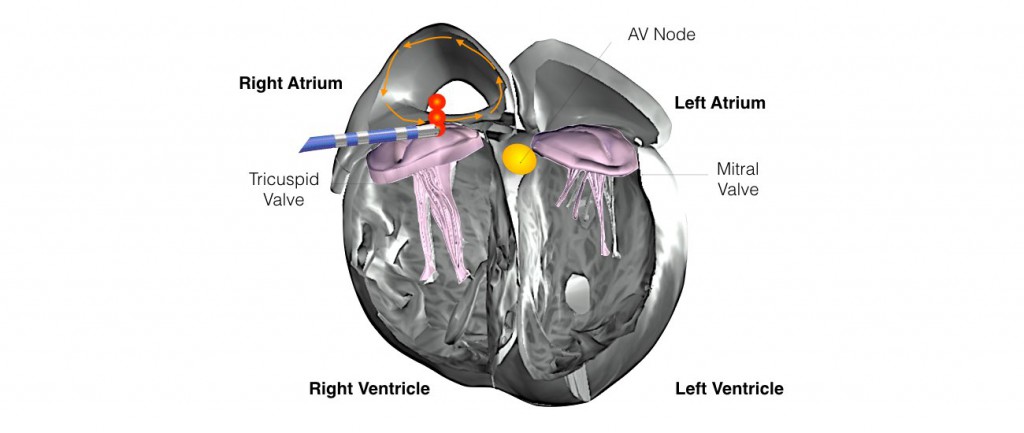

Objective To use health system data to compare the safety and effectiveness of the CF-I6 catheter for persistent AF ablation with the ThermoCool SmartTouch SurroundFlow catheter (ablation catheter with contact force and 56-hole irrigation ), which is approved by the FDA for this indication.ĭesign, Setting, and Participants This retrospective, comparative-effectiveness cohort study included patients undergoing catheter ablation for persistent AF at Mercy Health or Mayo Clinic from January 1, 2014, to April 30, 2021, with up to a 1-year follow-up using electronic health record data.Įxposures Use of the CF-I6 or CF-I56 catheter. There is a need to understand whether data from routine clinical practice can be used to conduct regulatory-grade evaluations and support label expansions. Importance The ThermoCool SmartTouch catheter (ablation catheter with contact force and 6-hole irrigation ) is approved by the US Food and Drug Administration (FDA) for paroxysmal atrial fibrillation (AF) ablation and used in routine clinical practice for persistent AF ablation, although clinical outcomes for this indication are unknown.

ResultsĪfter atrial flutter ablation, you'll need regular checkups to monitor your heart. Afterward, you'll be taken to a recovery area where care providers will closely monitor your condition.ĭepending on your condition, you may be allowed to go home the same day or you may spend a night in the hospital. The scarring helps block the electrical signals that are causing the atrial flutter.Ītrial flutter ablation typically takes two to three hours. Heat (radiofrequency energy) is applied to the target area, damaging the tissue and causing scarring.

This information is used to determine the best place to apply the ablation treatment. Sensors on the tip of the catheter send electrical impulses and record the heart's electricity. The doctor inserts a long flexible tube (catheter) into the vein and carefully guides it into your heart. Once the sedative takes effect, a small area near a vein, usually in your groin, is numbed. You'll likely receive a medication to help you relax (sedative). What you can expectĪtrial flutter ablation is done in the hospital. Atrial flutter ablation may restore a typical heart rhythm, which may improve quality of life. Atrial flutter ablation is done to control the signs and symptoms associated with atrial flutter.


 0 kommentar(er)
0 kommentar(er)
